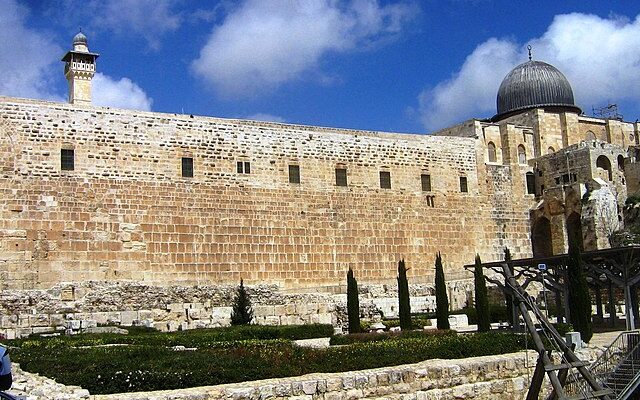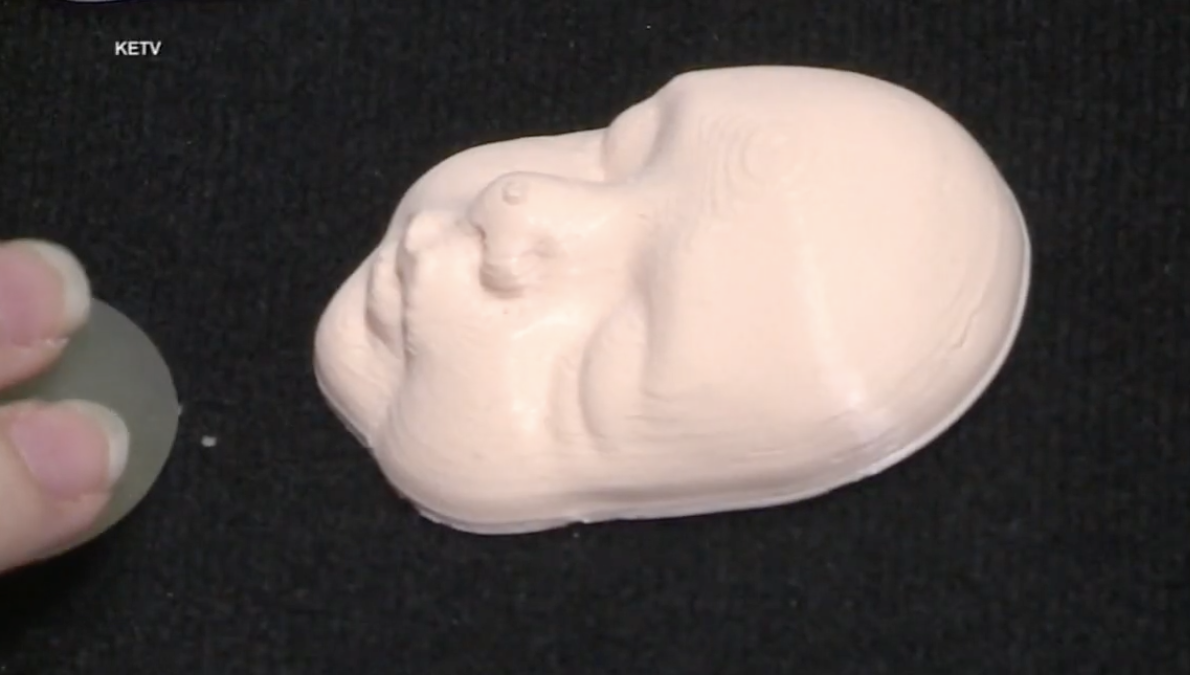
According to a new study from the Journal of the Institute of Archaeology of Tel Aviv University, archaeologists recently discovered a mysterious moat underneath a Jerusalem parking lot.
Although they aren’t certain, the researchers think that the artificial waterway may have been a way to divide the The Holy City during the Iron Age, nearly 2,800 years ago.
Smithsonian Magazine writes:
Located on a narrow ridge south of the Temple Mount, the structure is 30 meters (almost 100 feet) wide and 6 meters (20 feet) deep. Its length hasn’t been confirmed, but the project appears to have been a major undertaking.
“There is no doubt that this is a monumental feature that required the quarrying of [around] 13,000 cubic meters [more than 450,000 cubic feet] of Meleke rock formation and completely altered the landscape of Jerusalem for many generations,” write the researchers.
In the 1960s, British archaeologist Kathleen Kenyon stumbled upon the structure but assumed it was a natural valley. Because she uncovered a middle section of the ditch, she didn’t see its striking edges, which researchers say are clearly man-made.
“In those days, it served to divide Jerusalem into two: the acropolis with the temple and palace to its north and the older city to the south,” lead author Yuval Gadot, an archaeologist at Tel Aviv University, tells Live Science’s Jennifer Nalewicki. “If it was cut in earlier times—something we cannot prove—then its purpose was to defend the city from the north.”
The area of the find has been occupied for at least 7,000 years. Those studying the moat think there could have been at least two plausible reasons to have a moat separating the city, either to demarcate populations or for defense against attack.
“A ditch of this nature would have functioned first and foremost as a physical obstacle, preventing direct movement along the top of the Southeastern Ridge [aka, the City of David] from north to south and vice versa by artificially cutting it into two separate segments,” Yuval Gadot, a professor working at the site wrote, according to Haaretz.
But, he told the newspaper, the ditch could have played a dual role. “It could have been a secondary defensive structure to fall back on in case the lower city was taken, but it mostly would have served to protect and symbolically separate the city’s elites from the hoi polloi.
‘Its role was to secure the elites, isolate them from the rest of the city, but also to symbolically mark that this is was a sacred precinct: the Temple, the palace were all isolated from the rest of the city,’ Gadot posits.
Defensive moats are not unheard of in Levantine settlements and there is at least one example of an inner ditch separating the acropolis from the rest of the settlement in Hazor, an ancient city in today’s northern Israel, Gadot adds.”
While they aren’t certain, the find does shed new light on how the ancient city formed, and scholars will no doubt continue to debate it long into the future.










For Tourism,